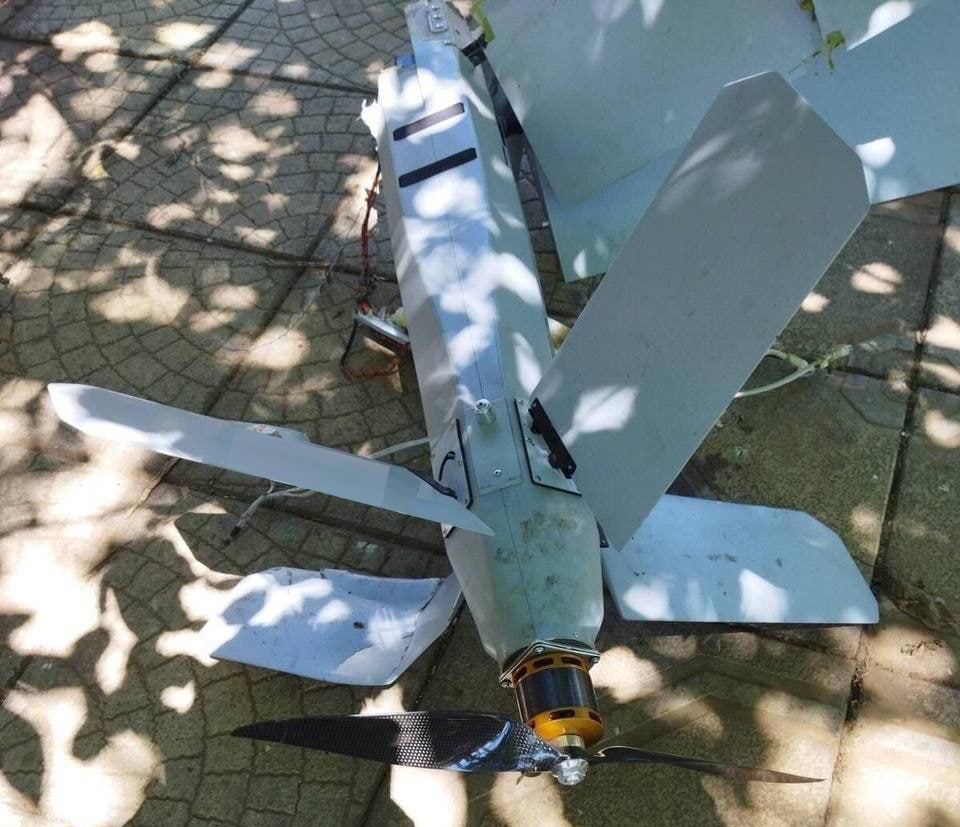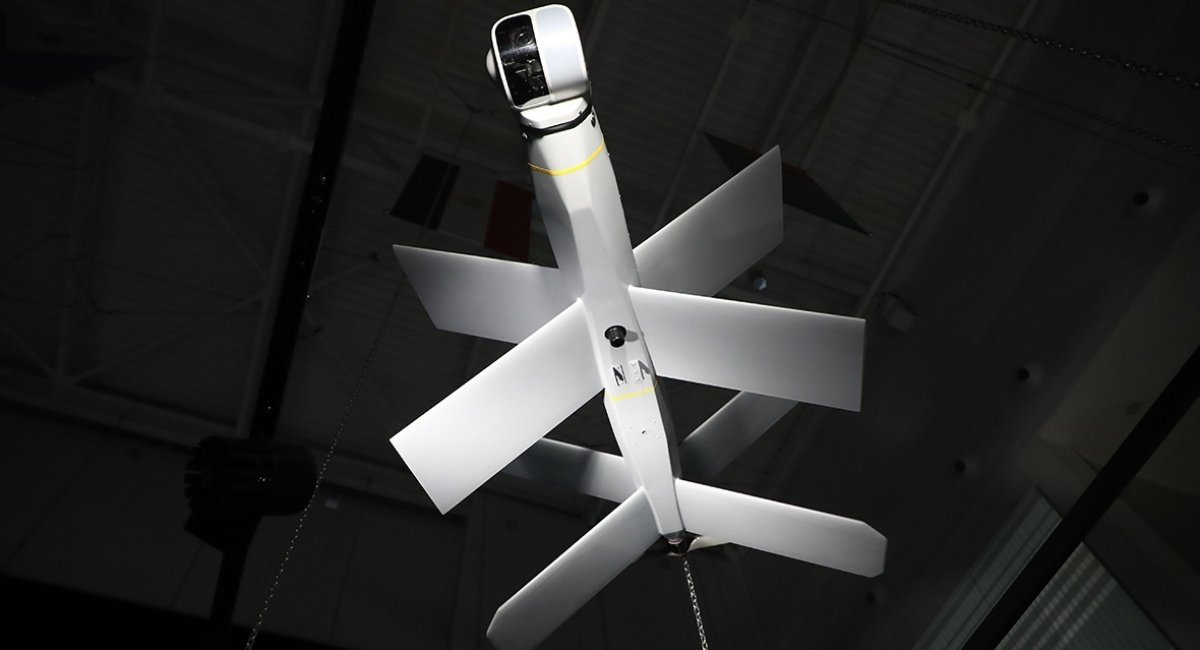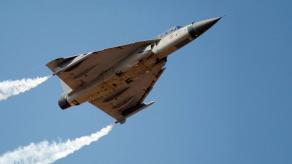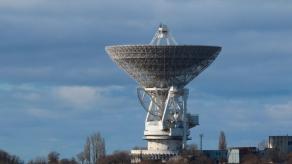Ukrainian military experts will be able to examine the Russian Lancet kamikaze drone, which was found in the southern Zaporizhzhia region.
Photos with the fragments of the loitering munition have already spread on the Internet. We can see a fragment of the "Lancet" with X-shaped wings, and there is only UAV that has this distinctive feature.
Read more: Ukraine Will Buy Drones From Israel, USA and More, to Create "High-Tech Army"

It is currently unknown whether the kamikaze drone detonated or shattered without detonation when it hit the ground. But the warhead in the "Lancet" was claimed to weigh one or three kilograms, depending on its type, so the detonation could result in much greater destruction of the loitering munition itself.
One way or another, even these fragments give an opportunity to analyze in detail this development of the russian federation, which Rostec traditionally calls a "breakthrough".
And, of course, we are not looking for the infamous "one-of-a-kind" russian know-hows, but it’s all about searching for Western components that are used in this kamikaze drone.
A detailed analysis will make it much more effective to prevent the supply of those components through the so-called "parallel import", which the russian federation is trying to establish in order to circumvent sanctions.
It should be noted that the Lancet was demonstrated for the first time in 2019, its development and production is carried out by ZALA AERO, which is part of the Kalashnikov Concern.

The specifications stated on paper include: speed – up to 110 km/h; flight duration – up to 30 minutes for the Lancet-1 version and 40 minutes for the Lancet-3. The weight of the warhead is 1 kg and 3 kg; the maximum take-off weight is 5 kg and 12 kg, respectively.
Another declared feature is the lack of a satellite navigation system in the drone. The UAV is launched from the ground with the help of a catapult. Operating range is not disclosed.
Read more: It Was Announced How Many NASAMS Air Defense Systems Ukraine Will Receive














